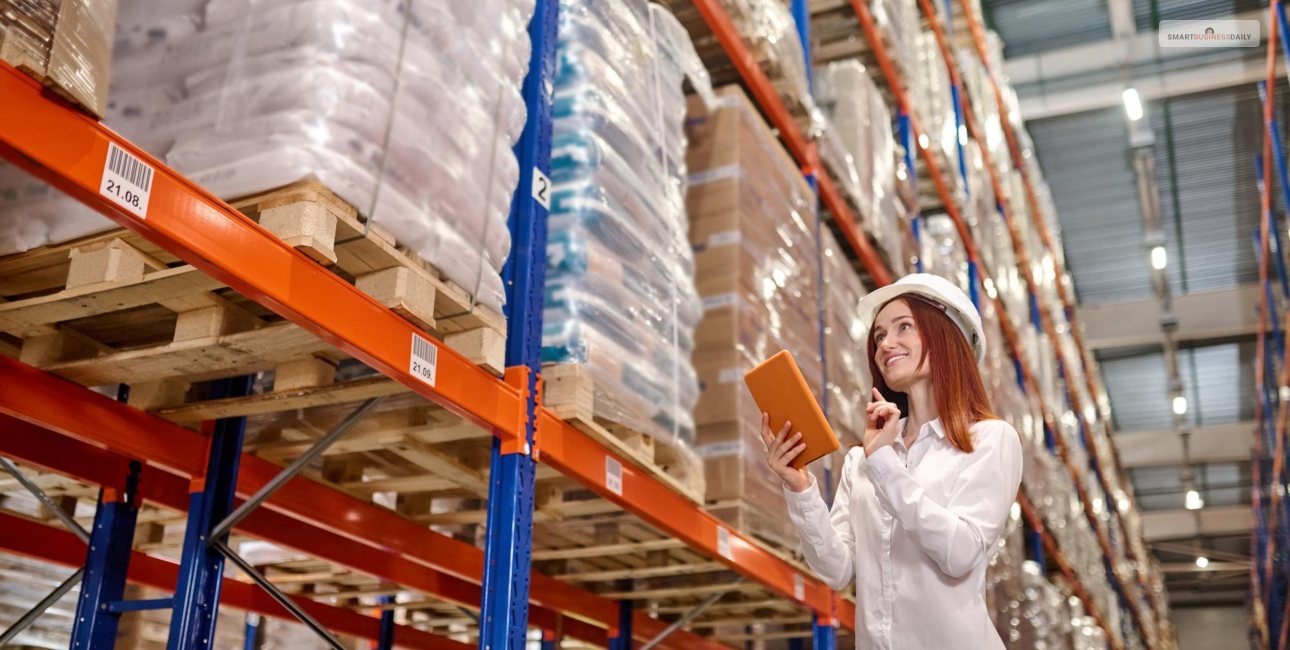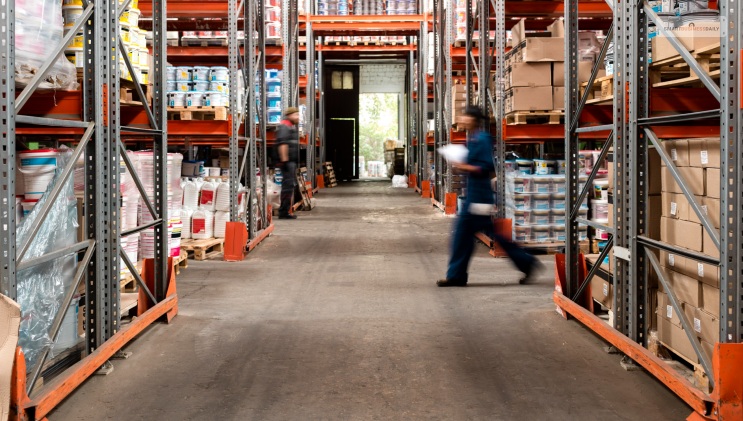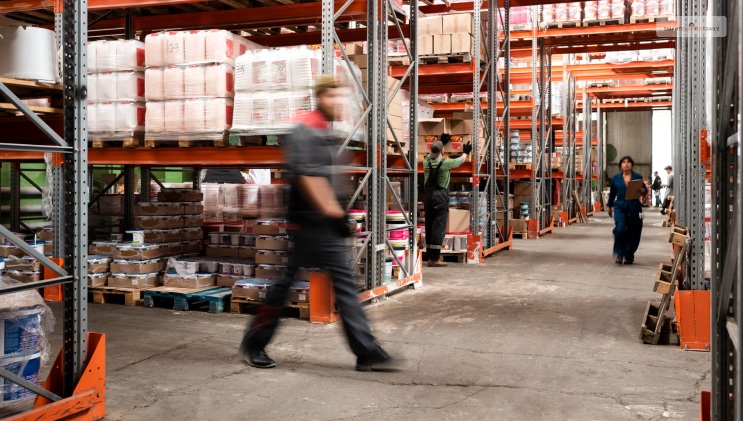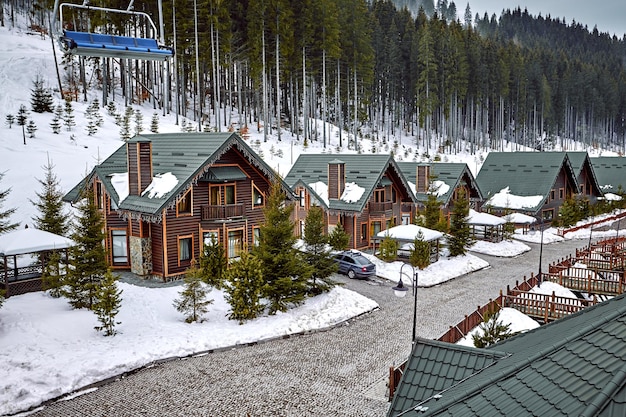Climate Change Resilience in US Logistics: Adapting to Environmental Challenges
6 Mins Read
1 comment
Published on: 01 April 2024
Last Updated on: 08 November 2024

toc impalement
Due to continuous environmental challenges in recent times, the US Logistics Sector is facing a lot of instability. Furthermore, with the effect of climate change, there have been various types of impacts on supply chains. Some of these include floods, flash fires, migrating workforce, etc. These factors are resulting in productivity losses in supply chains. As a result, there is a strong need for climate change resilience.
In this article, you will learn about climate change resilience in general and its importance for the US logistics sector. You will also learn how to achieve such resilience in logistics. Furthermore, this article discusses the major components of climate change resilience and talks about different resources and support. Hence, to learn more, read on through to the end of the article.
Climate Change Resilience: A General Overview

According to UNFCC,
“The world is already experiencing changes in average temperature, shifts in the seasons, an increasing frequency of extreme weather events, and slow onset events. The faster the climate changes and the longer adaptation efforts are put off, the more difficult and expensive responding to climate change will be.”
The risk of climate change is everywhere, and it is leading to different types of problems in logistics and supply chains. As a result, it is obviously causing disruptions in supply chains. Some of these problems arrive in the form of floods, flash fires, cyclones, etc. Additionally, other problems like infrastructure damage or migrating workforce are adding to the challenges.
Hence, these problems directly affect the bottom line of supply chains. Furthermore, the occurrences of extremities in weather conditions create difficulties in airlines, rail, shipping, truck movements, etc.
Therefore, there is a strong need to build resilience in logistics. Such a statement means that you must have the capability to bounce back from a disruptive situation.
What is the Importance of Climate Change Resilience in US Logistics?

The Union of Concerned Scientists explains –
“Climate resilience is about successfully coping with and managing the impacts of climate change while preventing those impacts from growing worse. A climate resilient society would be low-carbon and equipped to deal with the realities of a warmer world.”
1. To Deal with the Impact on Environment and Communities
As businesses and supply chains work to deal with the strong impacts of climate change, it is important to be more resilient. Also, more resilience is necessary to avoid unavoidable impacts. In most cases, these impacts affect low-income communities too. Hence, businesses must focus on creating proactive and equitable resilience through planning and resource allocation.
2. Better Risk Management
By planning and working on climate change resilience, businesses will be able to prepare for everyday risks. They can do this by including climate risks in present risk management systems. As a result, it will be easier to become more resilient to climate change.
3. Better Environment
A higher resilience to climate change will ensure biodiversity protection. This will ensure a more resilient ecosystem, which will further protect the environment. Hence, it will safeguard sustainability. Furthermore, this factor will also contribute to the security and stability of human communities. Therefore, businesses must focus more on building social-ecological resilience.
4. Better Integration in Supply Chains
A business or a supply chain can achieve integrated logistics when coordination is ensured in all aspects of the supply chain. This will further ensure better visibility of the system, along with higher efficiency. Also, it will help in creating a more agile structure. Furthermore, a better integration will also help businesses
How to Achieve Climate Change Resilience in Logistics?

The most obvious way to achieve climate change resilience is to lower emissions that trap a lot of heat. Furthermore, one needs to adapt to changes in technological and sustainable progress. Basically, businesses and supply chains must take steps to ensure a more equitable and sustainable world.
The following are the major ways in which supply chains can achieve climate change resilience:
1. Utilize New Technology
With the development of AI and the Internet of Things (IoT), supply chains can have better access to data and insights of data. On the other hand, this technology can help better monitor and manage the logistics structure. Hence, it will be easier to anticipate and plan for future disruptions.
2. Diversifying Transport
If you rely on only one mode of transportation, it can be risky. Hence, you will need to diversify your modes of transport. For example, if you prefer air transport, try including rail, sea, and road. Hence, in case of disruptions, you will have alternative routes at your disposal.
3. Transparent Supply Chains
Ensure your supply chains and logistics are transparent and visible. Hence, you need to have real-time tracking and monitoring systems. As a result, you can respond faster to challenges from climate change.
4. Ensure Sustainability
You will need to focus on sustainability, not just for the environment but also as a part of your business strategy. Start investing in electric vehicles, eco-friendly packaging, renewable energy sources, etc. Here, try to ensure that your carbon footprint is lower, which will ensure your logistics process becomes more sustainable in the long run.
5. Better Communication and Information Sharing with
Ensure that there are quality platforms where it is easier to collaborate with your customers and suppliers. This will help you to stay updated about information that might help you in dealing with disruptions.
6. Better Risk Assessment
Once you conduct comprehensive risk assessments and plan accordingly, you will be able to find out potential vulnerabilities. Hence, if you integrate the risks of climate change into continuity planning, you will be able to provide a more resilient response to future circumstances.
What are the Key Aspects of Climate Change Resilience?

According to the OECD,
“The scale, complexity, and uncertainties affecting analysis of climate change risks necessitate the engagement of a broad range of stakeholders in climate risk assessments and adaptation planning. These include different levels and parts of government, academics, non-governmental organisations, local and indigenous communities and the private sector. Inclusiveness is important given that vulnerability to climate change varies by factors such as social class and gender.”
With the help of proper planning and participatory approaches, decision-making due to climate change disasters will be easier. As a result, you can also build better support when it comes to climate change resilient approaches.
Furthermore, experience suggests that the role of ingenious and local knowledge can help businesses identify vulnerabilities better. Moreover, you must also incorporate community-based adaptation, as it will facilitate local participation more.
Apart from that, there are a variety of tools and capacities that are helpful for making useful decisions. These include regulators, national policymakers, local governments, etc. Furthermore, you must also ensure that all the personnel in your business and supply chain have access to climate change information.
Wrapping Up
Hope this article was helpful for you to understand how to prepare for climate change resilience during supply chain disruptions. Some of the most important steps that you must take are to use new technology and make all levels of your supply chain aware of climate change disruptions. This will help you to make decisions faster during any unavoidable situation.
Do you have more suggestions on climate change resilience? Consider sharing your ideas and opinions with us in the comments section below.
Frequently Asked Questions (FAQs)!!
The following are some of the most common questions on climate change resilience:
Ans: Here are the steps to take to build resilience for climate change:
1. Utilize New Technology
2. Diversifying Transport
3. Transparent Supply Chains
4. Ensure Sustainability
5. Better Communication and Information Sharing with
6. Better Risk Assessment
Ans: Climate change resilience is the process through which businesses and supply chains take steps in case of climate change disasters, so that the supply chain is able to come back to its normal operations soon.
Ans: The following are the ways in which climate change threatens financial resilience:
1. Transition towards a low-carbon economy
2. Damage of balance sheets
3. Impact on low-income communities
4. Negative impact on investments
For More Interesting Business Related Articles Click Below!!


















1 comment
Real Estate April 5, 2024 at 5:52 am
I do not even know how I ended up here but I thought this post was great I dont know who you are but definitely youre going to a famous blogger if you arent already Cheers